| Amount Per 0.75 cup | |||
| Calories | 350 Kcal (1465 kJ) | ||
| Calories from fat | 189 Kcal | ||
| % Daily Value* | |||
| Total Fat | 21g | 32% | |
|---|---|---|---|
| Saturated Fat | 4g | 20% | |
| Cholesterol | 20mg | 7% | |
| Sodium | 420mg | 18% | |
| Total Carbs | 32g | 11% | |
| Sugars | 6g | 24% | |
| Dietary Fiber | 2g | 8% | |
| Protein | 5g | 10% | |
| Vitamin C | 2.4mg | 4% | |
| Vitamin A | 1.6mg | 53% | |
| Iron | 1.4mg | 8% | |
* Percent Daily Values are based on a 2000 calorie diet. Your daily values may be higher or lower depending on your calorie needs.
Find out how many calories should you eat.
Ingredients And Nutrition Overview
Best
choice Good
choice Poor
choice Avoid
it!
choice Good
choice Poor
choice Avoid
it!
-
WeightWatchers Points: 8.4, PointsPlus: 9, SmartPoints: 12
WeightWatchers Points are estimated by carbohydrates, fats, protein and fiber in product. They are not an affirmation of better quality or nutritional value of the product or its manufacturer. Only way to count for dieters. Less points are better.
Read more at Weight watchers diet review -
For dieters: FoodPoints value is 9
* FoodPoints are calculated by Fooducate based on fats, carbs, fiber, and protein. They are not an endorsement or approval of the product or its manufacturer. The fewer points - the better.
-
Highly Processed!
This product is highly processed. If you'll take a look at its ingredient list, you'll discover new words to add to your vocabulary. Many of theses ingredients are required to increase the shelf life of the product and improve the flavor that disappears when food is not fresh.
-
Has EDTA, on FDA's toxicity watchlist
Ethylenediaminetetraacetic acid (EDTA) is used as a preservative to retain color. It may irritate the skin or cause skin rash and even asthma. It is on FDA's list of food additives to be studied for toxicity.
-
Contains MSG-like ingredients
People sensitive to MSG may also be sensitive to MSG-like substances. These are glutamates or chemically similar items added to improve a product's taste. Here is a short list of common MSG-like substances (see our blog for more): - Yeast extract - Autolyzed yeast - Hydrolyzed proteins ---- Source: Scopp AL. MSG and hydrolyzed vegetable protein induced headache: review and case studies. Headache. 1991;31(2):107-10. Questions and Answers on Monosodium glutamate (MSG) http://www.fda.gov/food/ingredientspackaginglabeling/foodadditivesingredients/ucm328728.htm Natural Flavorings on Meat and Poultry Labels http://www.fsis.usda.gov/wps/portal/fsis/topics/food-safety-education/get-answers/food-safety-fact-sheets/food-labeling/natural-flavorings-on-meat-and-poultry-labels
-
Learn about corn syrup, found here
Corn syrup is often used as a sweetener in processed food. It is NOT THE SAME as high fructose corn syrup. Don't be fooled when looking up the amount of sugar a product contains if corn syrup is listed as an ingredient. This is because corn syrup contains 50% sugar, and 50% of another form of carbohydrate known as ""oligosaccharides"", which is pretty close to sugar. If a product has less sugar than you think it should, but contains corn syrup in the ingredient list, you'll know that the missing carbs are those oligosaccharides, not much better.
-
Calcium chloride and waste reduction...
Calcium chloride is thought of as OK for your health, though some advise that it could cause slight stomach irritation. When used as an additive in products like jellies or cheeses, it causes the food to firm up. When used in tomato-based products it prevents disintegration. It also adds a tiny bit of saltiness without adding sodium. This additive is a by-product of The Solvay process. In this process, carbon dioxide is mixed with table salt and ammonia to create soda ash (or potash) and other products, like baking soda. One of the problems is that this process produces waste - a lot of waste. As a result of this and other technological advances, the last Solvay plant in the US closed in 1986. But the process continues in other parts of the world. While more and more calcium chloride is removed from the waste in settling ponds or dumped directly into the sea, the issue of what to do with this by-product is still relevant. By using calcium chloride as a food additive, manufacturers are actually reducing the amount of waste that is put back into the environment. Whether this is a "reuse" effort you want to be a part of is up to you . . .
You Might Also Like
% RDI of Main Nutrition Facts
18%
of RDI* (350 calories) 177 g
-
Cal: 17.5 %
-
Fat: 32.3 %
-
Carb: 10.7 %
-
Prot: 10 %
-
0%25%75%RDI norm*
Calories Breakdown
- Carbs (38%)
- Fat (56.1%)
- Protein (5.9%)
Get Your Recipe of Health!
Follow RecipeOfHealth on Facebook!


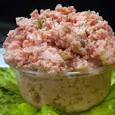
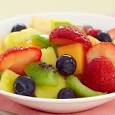
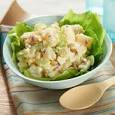
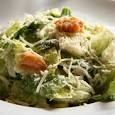
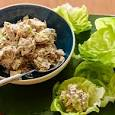
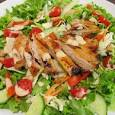
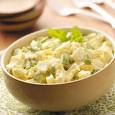
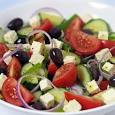
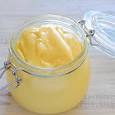
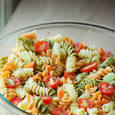
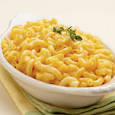

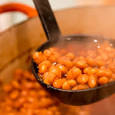
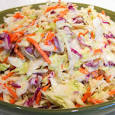
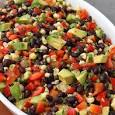
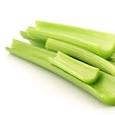
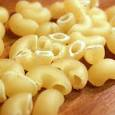
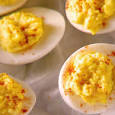
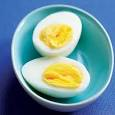
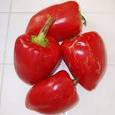












Add your comment